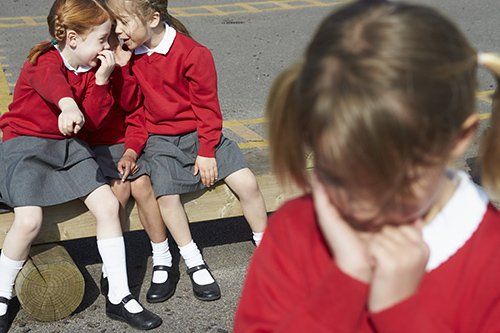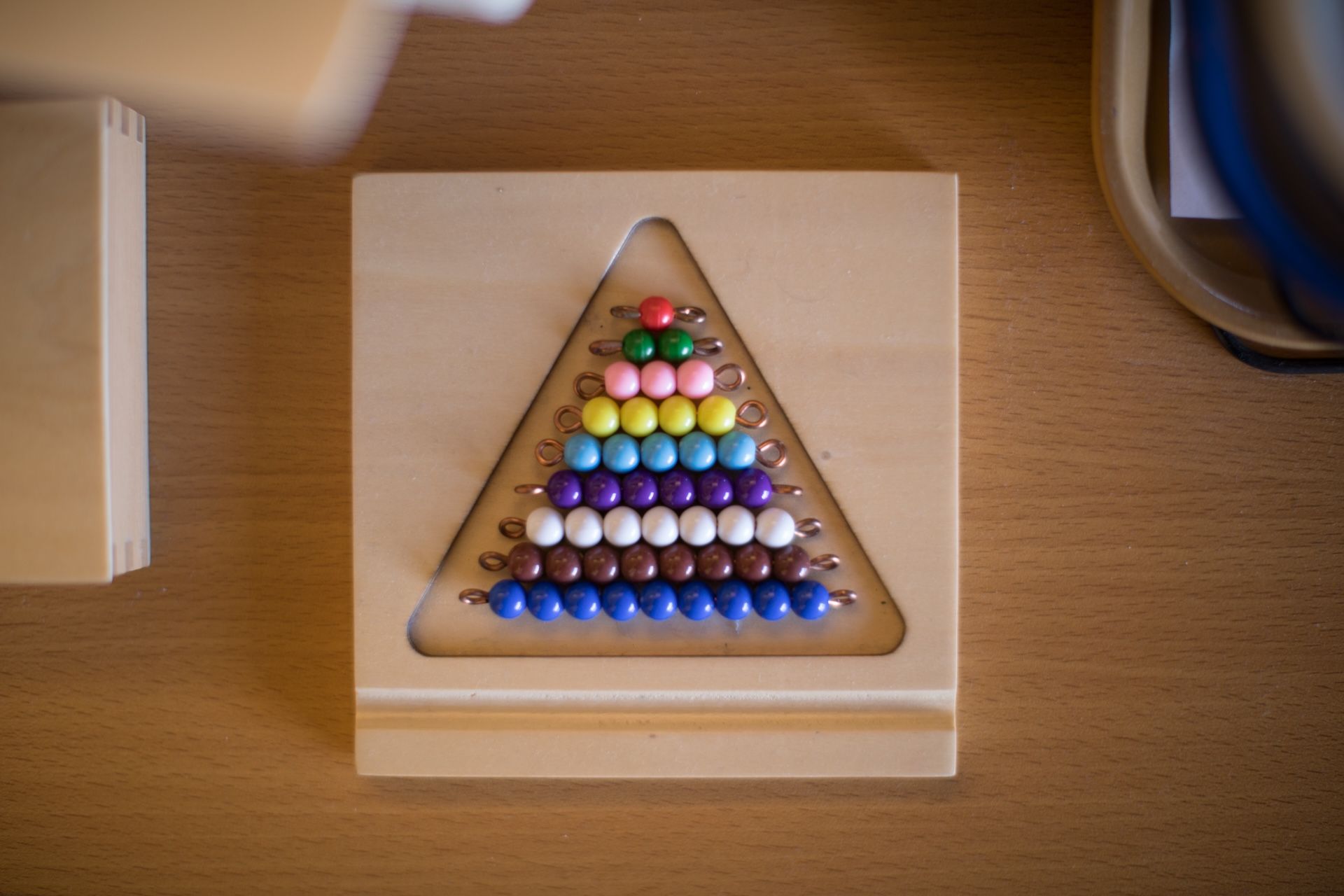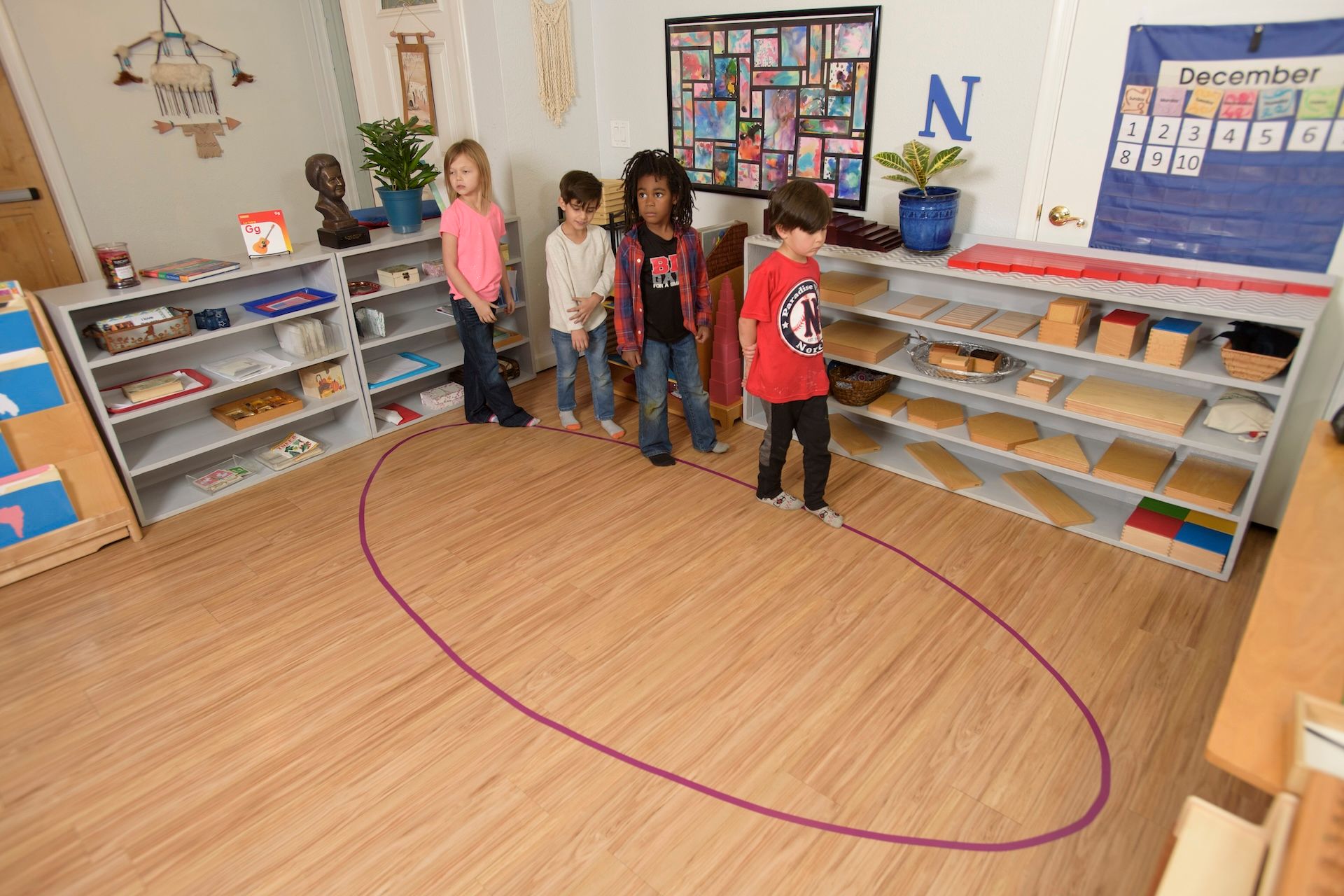“Being able to resolve conflicts peacefully is one of the greatest strengths we can give our children.”
― Fred Rogers
A natural part of elementary education is teaching students about positive methods of conflict resolution. Children aren’t born with an innate knowledge of how to deal with others, as any parent with multiple kids can tell you. Part of elementary education is making sure that teachers empower students to make good decisions, and use sophisticated methods of resolving conflicts with others. In the classic classroom, this often involves a sort of appeal to the teacher’s authority. Student’s have a problem, and the teacher will act as judge dispensing justice from on high. The Montessori approach is, as you might expect, a bit different.

Stop, Collaborate, and Listen
One of the most simple techniques that is used, and which can easily be used at home, is teaching students to take some time to cool down after becoming angry. Anger is a natural response to conflict, but it makes it difficult to process emotions and make a good-will plan for resolution. As adults, we easily understand that, but for children, it is not so obvious. Students are encouraged to separate and to clear their mind before being directed to think about what the conflict was which they were involved with. They need to think about why they are angry, not just that they are angry.
The Conflict Resolution Table
Once children have cooled down, rather than have the teacher deliver a judgment, they are encouraged to put the emotional part of their conflict into very concrete words. Encourage them to think solely about the way the conflict made them feel, and to phrase their problem in terms of ‘I think that…’, ‘I feel…’, ‘I want…’ No judgment, just their own perspective on the nature of the conflict. By examining their own perspective, students are able to separate the emotion of the conflict with their understanding of it.
When both sides have been able to cool down and outline their issues, then we have they can sit at the Conflict Resolution Table. Students communicate their problems clearly, and in terms of themselves. By doing this they can see the other person’s perspective without any kind of judgment. From this place, they are then encouraged to think about how they can resolve the issue. At first, students will negotiate on the simplest of terms. One student will usually propose something, and the other will accept. Very quickly though students learn more complex negotiations, discussing solutions and coming to a mutually beneficial outcome. In fact, one study by Rena Arcaro-McPhee showed that as students go through this process, they eventually learn to resolve conflict without the teacher’s guidance. This should be the end goal; students being empowered with tools to solve their own problems.
The study mentioned can be found in full at https://www.researchgate.net/publication/240511761_Conflict_Resolution_in_a_Preschool_Constructivist_Classroom_A_Case_Study_in_Negotiation
The post Conflict Resolution Tools for Children appeared first on Pebblecreek Montessori.
Hours
MONDAY - FRIDAY
HALF DAY: 8:30a – 12 noon
ACADEMIC DAY: 8:30a – 3:30p
EARLY CARE: 7:00a – 8:30a
AFTER CARE: 3:30p – 6:00p
OFFICE: 8:00a - 4:00p
Programs
Connect
Pebblecreek Montessori




